I f I’ll ask you to list me 10 name of fruits that start with K. You can hardly list 5 of them. Fruits start with the letter "K" is not so popular compare to the others fruits. However, they are also wonderful in both health-wise and nutritious concerned.
From the mouthwatering and sour kumquat to the sugary and tender kiwano, each fruit has its own benefits. Read below and discover fruits which including their scientific names, alternative names and many health benefits if you include them in your daily routine.
Kiwi fruit is most common that comes in our mind that starting with K. Kiwi is one of the top fruits high in Vitamin C contains fiber and antioxidants. All of which combined can make it an excellent source of multiple health benefits. Seed of Kiwis are rich source of omega-3 and fatty acids, which is good for your heart.

Kumquats are among the best citrus fruits for skin health, often featured in vegan detox diets. The Kumquat fruit originates from the United States. These fruits are familiar oval-shaped one eaten raw, which means skin, too, and making them a convenient and portable snack. The mixture of the sweetness of the peel and sourness of the flesh provide an excitement of taste sense with every bite.
In terms of health benefits, kumquats provide a wide range of benefits. The immune system and also healthy skin are characterized by vitamin C which is in these fruits in a large amount. A good fiber amount in a meal does wonders for digestion and for the gut, while antioxidants instead help cells from free radicals damage.
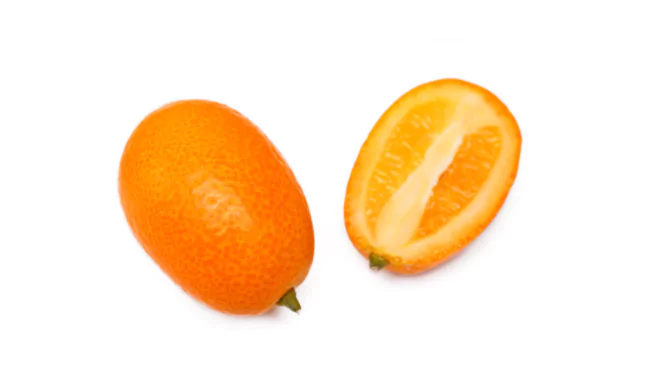
Known as horned melon, kiwano main benefit is Dietary fiber, which can helps for gut health and digestion. This fruit is in low-calories and low fat. It contains magnesium and potassium, which is good for your heart and also helps with blood pressure regulation.
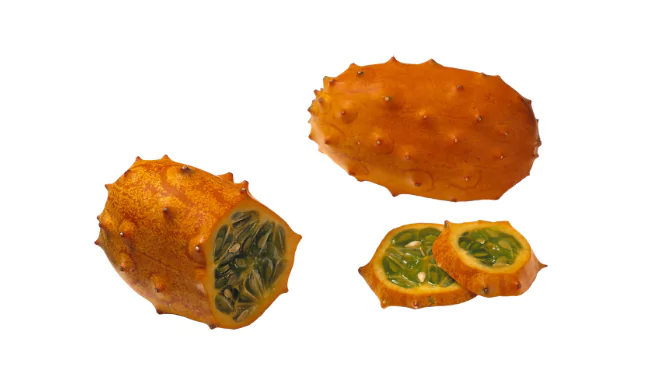
Kaffir lime looks like lemon with its strong flavor. It is not directly eatern on its own. Although, the leaves are used mainly in Southeast Asian cuisine. Because of its refreshing flavor kaffir lime used in soups, stir-fries, curries, and other dishes. Use Kaffir lime leaves in your dish to add extra flavor that makes your dish more delicious.
Did you know this about kaffir lime, it may also be good for your skin, hair and health?
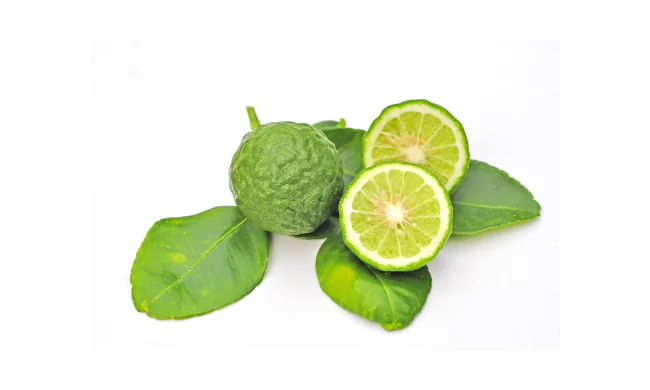
Kumato tomatoes looks very similar to Red tomato in a shape however it differentiate itself with its attractive colour and unique flavor. Unlike regular tomatoes, Kumato is one of the few alkaline-forming tomatoes beneficial for gut balance. Originally from Spain, Kumato tomatoes are now available in different countries. Try Kumato tomato by adding it to salad, roast it for sauces or just eat as it is. It always bring a different flavor to your dish. These tomatoes are selected varieties that might only be found in supermarkets' organic produce sections or specialty stores. They are in high demand among chefs, offering fascinating flavors and a distinctive structure.
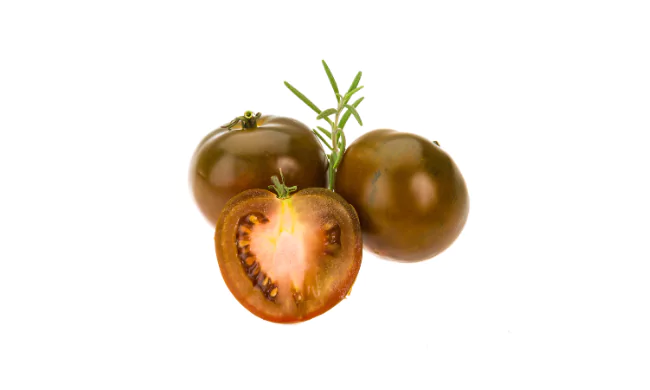
One of the best vegan superfoods from Australia — Kakadu plum is used in many immunity-boosting juices. This little green fruit originates from Australia and is one of the amazing power fruit. It contains Incredibly high vitamin C more than any other natural food. The Kakadu plum is a rich in a vitamin E, folate, and calcium
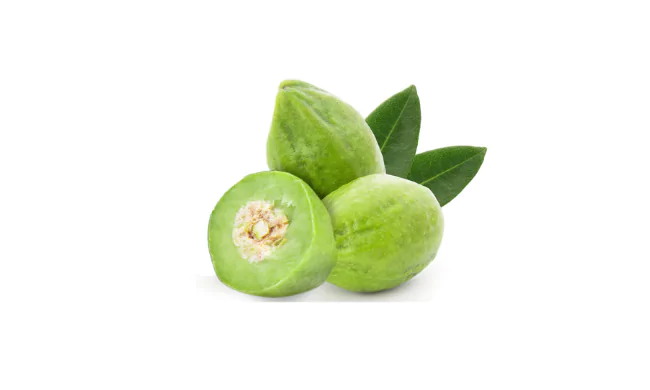
Kei apple's high Vitamin C content makes it one of the **lesser-known immunity fruits vegans should explore. Known as being from Southern Africa, the Kei Apple is a tropical fruit that is well-loved because of its surprising tart flavor and amazing levels of Vitamin C. This fruit is not only satisfies our taste but it also includes so many benefits for us.
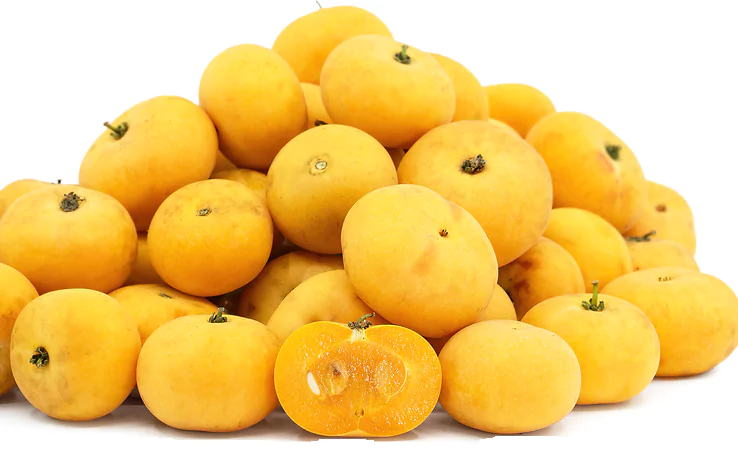
This is an exotic fruit that is a storehouse of nutrients, containing very high levels of Vitamin C, antioxidants and fiber. In the olden days, Karonda was valued from a digestive point of view and its characteristic of boosting immunity.
The Karonda's sweet yet soury flavor adds an original flavor to both sweet and salty dishes, making it a vital ingredient in the designing of those dishes. Karonda makes our meal fresher, more acidic or it served as a jam or chutney, either way it gives us a unique nutritional experience. Karonda is often used in vegan chutneys, pickles, and jams,

Ideal for snacking, the Kiefeer pear is a go-to fruit for low-sugar vegan diets and smoothie bowls. The Kiefeer Pear is a fruit that provides a juicy and crisp texture along with a gentle sweetness. This pear species, however, can not only give a mouth-watering delight but also be a rich source of nutrients. The Kiefeer Pear is known for its high fiber contents and rich in Vitamin C and antioxidants. Therefore, the pear can offer you a variety of health benefits.
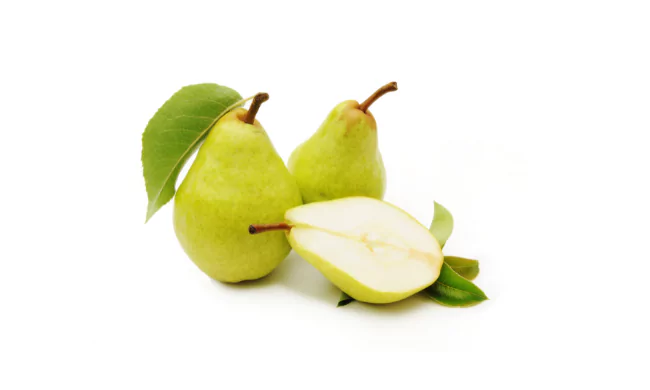
Kundang, a tropical fruit commonly found in Southeast Asia, is a true delight for the taste buds. Known for its rich blend of vitamins, minerals, and dietary fiber, this fruit offers a unique combination of sweet and tangy flavors that captivate the palate. Its nutritional profile makes it a popular choice for those seeking a natural source of energy and vitality. Also called Marian plum in some regions, Kundang is popular in Southeast Asian vegan recipes and fermented pickles.
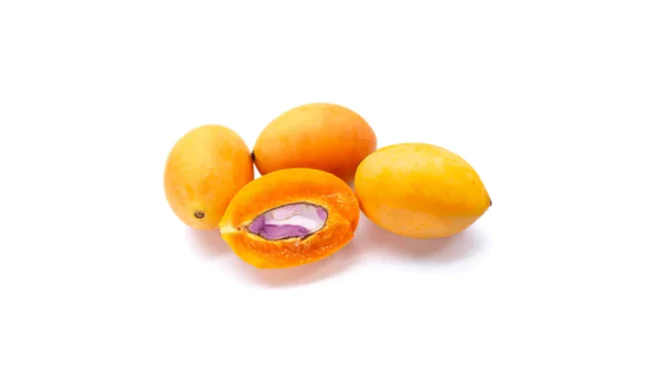
Kutjera, known for the advantages that it brings to skin health and immunity, offers a natural alternative that uplifts your overall well-being. Including this uncommon fruit in your diet may be beneficial in terms of health, providing you with a tasteful alternative to support your system.
It can be used in a savory menu, sauces, and side dishes, or as an ingredient in nutritional dishes. Kutjera is a something that makes it valuable addition to the kitchen.
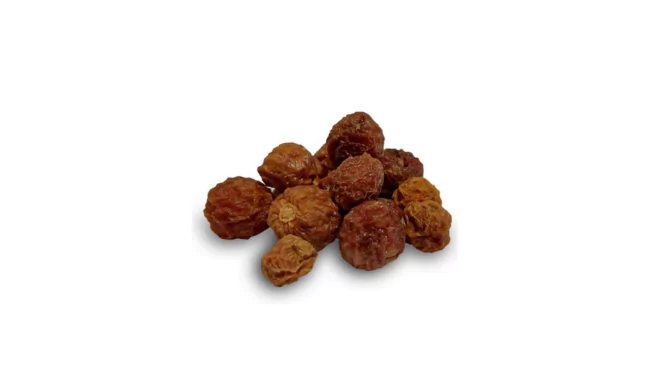
Kabosu fruit is a truly amazing, a type of Japanese citrus. It looks like lemon but it has distinct combination of lemon,lime and yuzu. A really interesting variety of tasty fruits you should try tasting it. Kabosu is a favorite citrus in **Japanese vegan broths and dipping sauces**, offering complex flavor with minimal acidity.
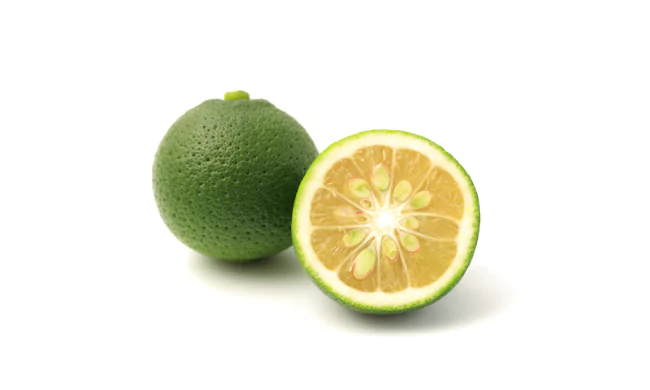
The Kepel Fruit has a unique smell which gives all culinary creations a touch of exotic spice. Its unique taste makes it a powerful ingredient that can endow almost every dish and beverage with unparalleled flavor. Kepel is traditionally known to be deodorizing, which makes it unique among fruits — rarely found in non-tropical markets.
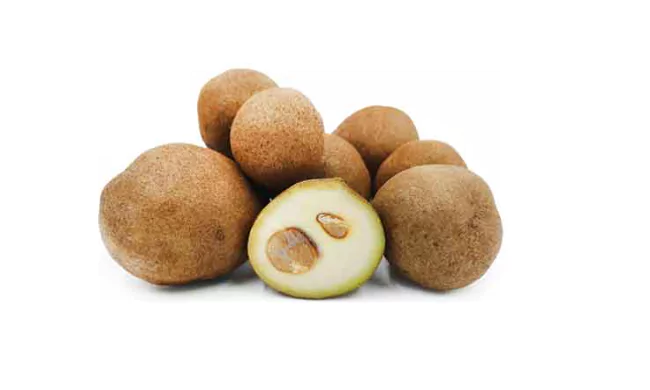
Kaki is a bright orange fruit that starts with k, known for its sweet, honey-like taste when fully ripe. This fruit grows mostly in Japan, China, and Korea. Kaki is famous for its soft, jelly-like flesh, which melts in your mouth. Many people enjoy eating Kaki fresh or adding it to puddings and jams. One unique thing is that some types are eaten crisp like apples, while others must be fully soft before eating.
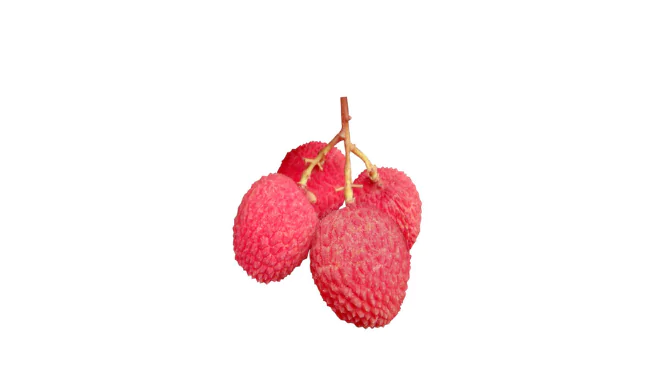
Kanzi Apple is a juicy, crunchy fruit that starts with a k, perfect for snacking. This apple is sweet yet tangy, making it refreshing and popular worldwide. Unlike other apples, Kanzi stays crisp for a long time and has a lovely red skin. It is a cross between Gala and Braeburn apples. If you want a fruit that starts with a k that tastes fresh even after weeks, Kanzi Apple is it.
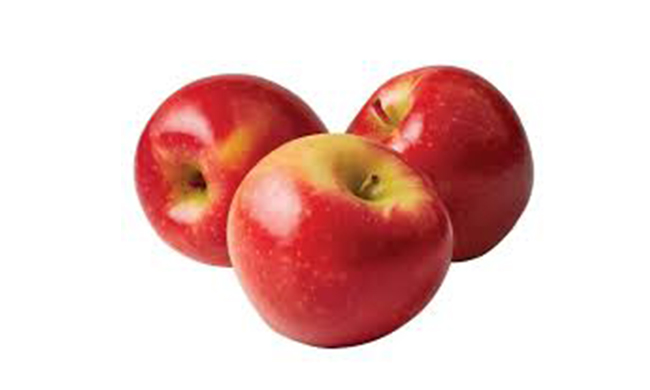
The Kapok is a unique tropical fruit that start with k that comes from the kapok tree. It’s better known for the fluffy fiber inside its seed pods, which people use to stuff pillows and cushions. In some cultures, the seeds are roasted or pressed for oil. While not common on fruit platters, Kapok is an interesting example of how fruits that start with k can have many uses!
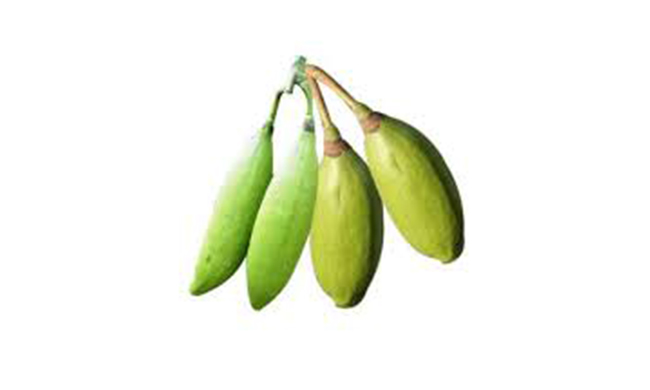
Karkalla, or pigface, is a salty, crisp succulent fruit that starts with a k and grows along Australia’s coasts. It is loved for its juicy, tangy bite. Aboriginal people have eaten Karkalla for generations as bush food. You can enjoy it raw or add it to salads for a salty crunch. It shows how fruits that start with k can even come from desert plants!
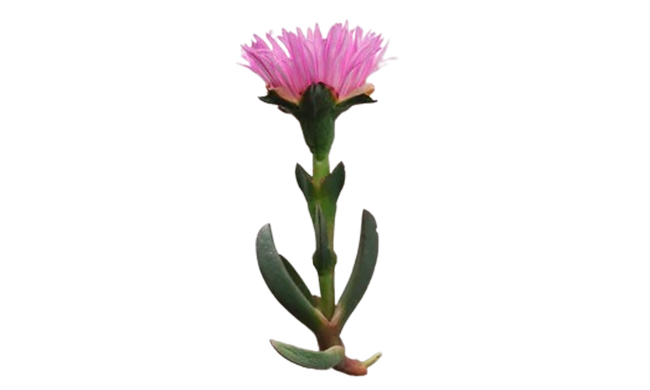
Kaywa is a fun cucumber-like fruit that start with k from South America. It’s soft, mild, and often cooked like a veggie. Many people stuff Kaywa with meat or cheese or add it to stews. One cool thing about Kaywa is that it grows on climbing vines and is packed with fiber. For anyone exploring unique fruits that start with k, Kaywa is a hidden gem.
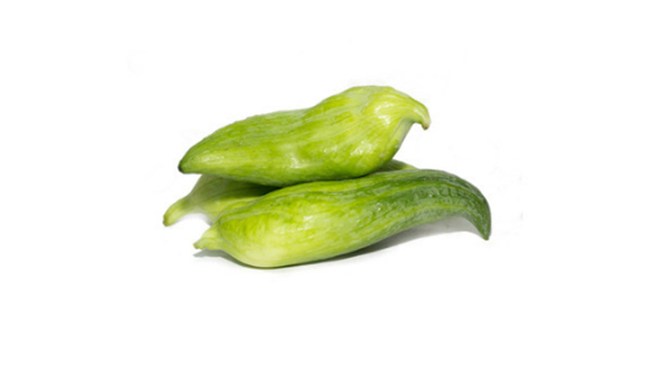
The Keitt Mango is a big, juicy mango that stays green when ripe. It’s a tropical fruit that starts with a k that’s loved for its sweet, smooth flesh with almost no fibers. Keitt Mangos are harvested later than other mangoes, so they’re available when other varieties are gone. Many people enjoy eating them fresh, in smoothies, or as mango salsa.
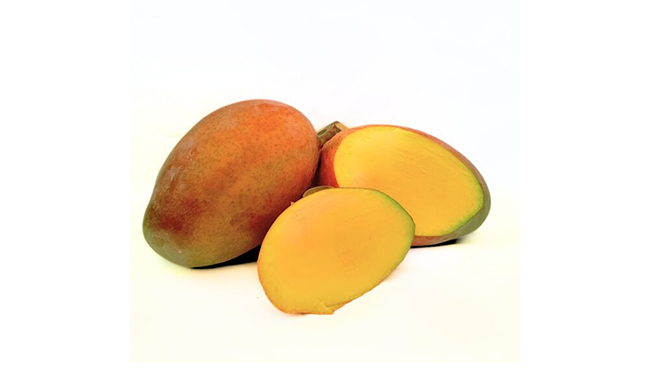
The Keule is a rare golden-yellow fruit that starts with a k, native to Chile. Sweet and fragrant, it’s often made into jams or eaten fresh. The Keule tree is important to the indigenous Mapuche people. It’s very unique because it only grows in a few wild areas now, making it one of the rarest fruits that start with k
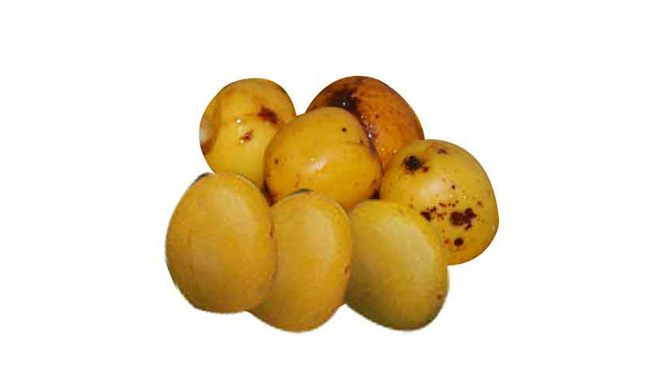
Key Lime is a tiny, tangy fruit that starts with k, loved for its strong citrus flavor. It’s famous for being the star of Key Lime Pie. Unlike regular limes, Key Limes are more aromatic and slightly yellow when ripe. If you love zesty fruits that start with k, Key Lime is perfect for drinks, pies, or marinades.
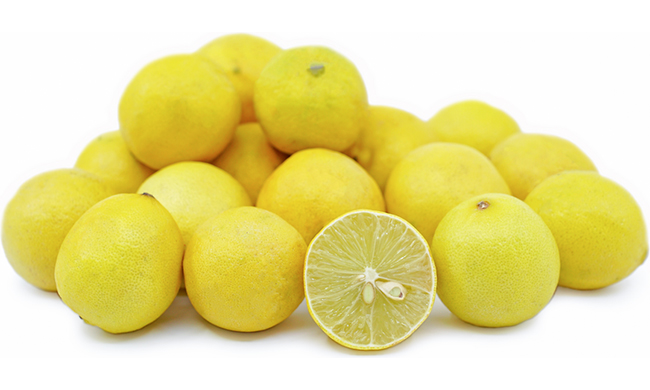
The Knobby Russet Apple is one of the oddest-looking fruits that start with k! Its rough, bumpy skin hides sweet, juicy flesh with a nutty taste. It’s an old heirloom variety, prized by people who love unique fruits. If you want a fruit that’s fun and different, the Knobby Russet is a cool pick.
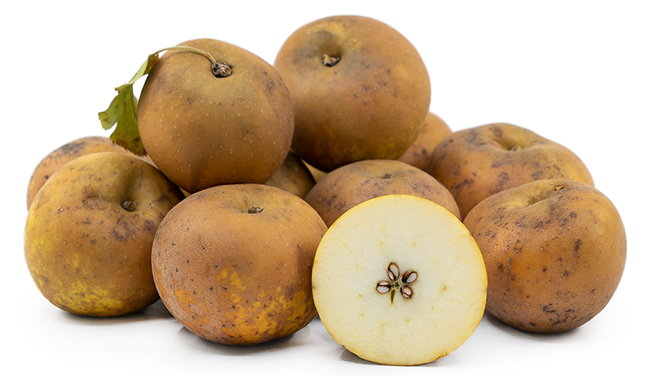
The Korean Pear is a crisp, round fruit that starts with a k, looking like an apple but tasting like a juicy pear. It’s sweet, crunchy, and super refreshing. These pears stay fresh for weeks and are often given as gifts in Korea. Many people eat them raw or slice them into salads.
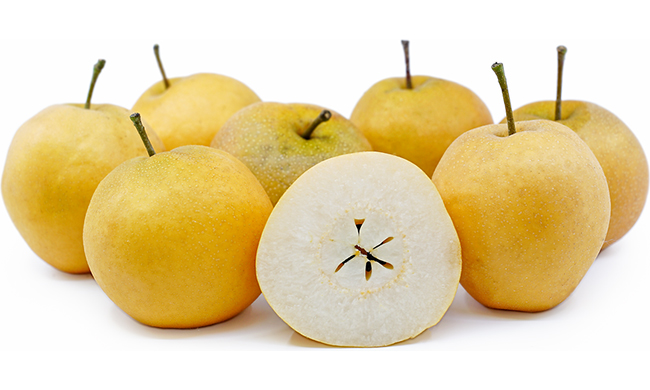
The Koroi is a red berry from the Kahikatea tree, native to New Zealand. This small, juicy fruit that start with k was eaten by the Māori people as bush food. It’s not farmed today but holds cultural value and shows how diverse fruits that start with k can be.
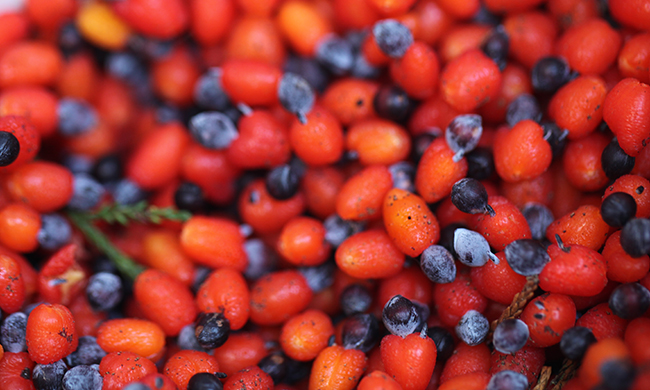
Kwai Muk is a tropical fruit that start with k, related to jackfruit. Its flesh is soft, reddish, and sweet with a tangy twist. People eat Kwai Muk fresh or use it in jams. It’s not well-known outside Asia, making it an exciting pick for fruit lovers who want to discover new fruits that start with a k.
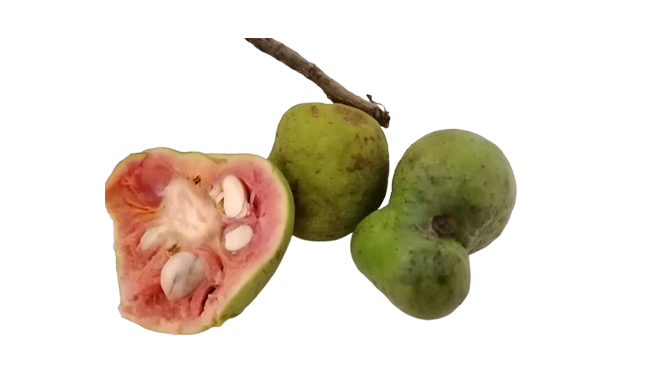
Kyoho Grape is a big, sweet grape from Japan. It’s known for its dark purple skin and super juicy flesh. Many people peel Kyoho grapes before eating because the skin is a bit tart. If you’re hunting for fancy fruits that start with k, the Kyoho Grape is a luxury treat in Asia.
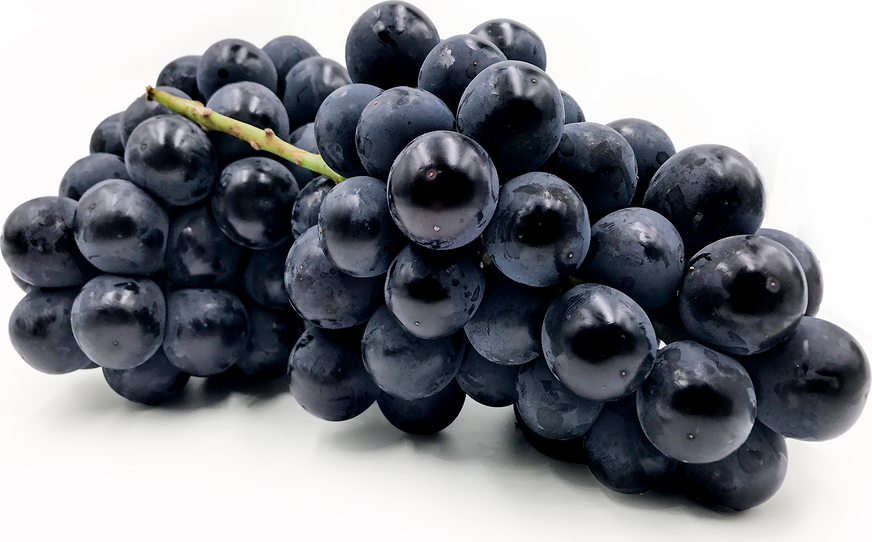
Fruits that start with the letter K include Kiwi, Kumquat, Kiwano, Kaffir Lime, Kumato Tomato, Kakadu Plum, Kei Apple, Karonda, Kiefeer Pear, Kundang, Kutjera, Kabosu, Kepel Fruit, and Korlan. Each has unique flavor and health benefits.
Kakadu Plum is the richest source of Vitamin C among fruits that start with K, containing up to 100 times more Vitamin C than oranges.
Yes, exotic fruits starting with K include Kutjera (Bush Tomato), Kabosu, Kepel Fruit, and Korlan. These are rarely found in regular grocery stores but are rich in antioxidants and used in specialty cuisines.
Yes, kumquats are one of the few citrus fruits that are eaten whole, including the peel. The skin is sweet while the flesh is tangy, offering a unique taste balance.
Absolutely. Kiwi is rich in fiber, vitamin C, and antioxidants, making it a healthy, cruelty-free choice for a vegan diet.
Kiwano (horned melon) and Kumato Tomato are both high in dietary fiber, making them excellent choices to support healthy digestion.
Kumato Tomatoes have a rich, sweet, and slightly tangy flavor, which is more intense than regular tomatoes. They are popular in gourmet salads and Mediterranean dishes.
Kaffir lime leaves can be found in Asian grocery stores or online herb suppliers. You can also grow a kaffir lime tree at home if you have good sunlight and well-drained soil.
Yes, Kiwi, Kumquat, Karonda (when ripe), and Kiefeer Pear offer sweet or sweet-tangy flavors that are enjoyable both raw and in recipes.
Kabosu and Yuzu are different Japanese citrus fruits. Kabosu has a sharper, lemon-lime flavor and is used mainly in sauces and seafood dishes.
In summary, fruits that start with "K" provide a range of advantages, such as strengthening your immune system with vitamin C and improving your digestion with fibre.
From the most common kiwi to the rarely known kumquat, each fruit owns its set of benefits that can help to balance one’s diet and make it healthier at the same time.
Thus, the next time when you are at the grocery store or the farmer's market do not forget to add some of these fruits beginning with "K" to your basket and enjoy the endless health benefits they provide.